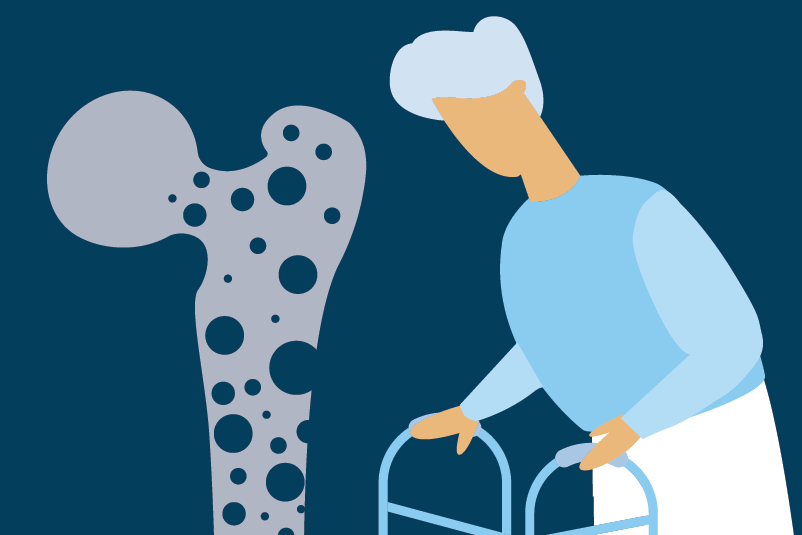#314 Weight to Go: Naltrexone/bupropion for weight loss

Reading Tools for Practice Article can earn you MainPro+ Credits
Join NowAlready a CFPCLearn Member? Log in
- Focused on systematic reviews with meta-analysis of randomized, placebo-controlled trials (RCTs). Results statistically significant unless noted.
- Systematic review, 4 RCTs, 3955 patients who received at least one dose, baseline weight 100kg.1 Both arms included lifestyle changes (e.g., 500kcal/day deficit, increase activity). Naltrexone-bupropion (titrated to 16/180mg BID) versus placebo. At 56 weeks:
- Participants with ≥5% weight loss: Naltrexone/bupropion 53% versus placebo 21%, number needed to treat (NNT)=4.
- ≥10% weight loss: Naltrexone/bupropion 29% versus placebo 9%, NNT=5.
- Mean weight loss (2 RCTs reporting): ~ 6 kg versus ~1 kg control.
- Withdrawals due to adverse effects: 25% versus 13% placebo, number needed to harm (NNH)=8.
- Other systematic reviews found similar.2-4
- Systematic review, same 4 RCTs as above except included lower dosage arm (8/180mg BID) and used all randomized participants, 4536 patients.5
- Outcomes at 28-56 weeks:
- ≥5% weight loss: Naltrexone/bupropion 38% versus placebo 17%, NNT=5.
- ≥10% weight loss: Naltrexone/bupropion 22% versus placebo 8%, NNT=8.
- Mean weight loss: ~4.5kg versus 2kg (placebo).
- Withdrawals due to adverse events: 23% versus 12% (placebo), NNH=10.
- Most common adverse events include nausea (31% versus 7% placebo) and constipation (18% versus 7% placebo).
- Outcomes at 28-56 weeks:
- Limitations: All RCTs were industry funded, high dropout rates (~45%), inconsistent magnitude of effects across RCTs but all showed benefit.
- Trial looking at cardiovascular safety stopped early due to data breach, however, systematic review of 5 RCTs found no association with cardiovascular events.6-7
- Weight regain after stopping medication unknown.
- Cost (1 month)8: ~$350 (generally not covered). Off-label prescribing of individual components at lower doses ~$80.9
- Other medications for weight loss include (with mean weight loss in RCTs): Orlistat (~2.6kg)1 or GLP-1 agonists such as semaglutide (~10-15kg)10 or liraglutide (~5kg)11. Baseline weight in studies ~101-106kg.







Valuable info for my patients
More effective than victoza?
more studies needed